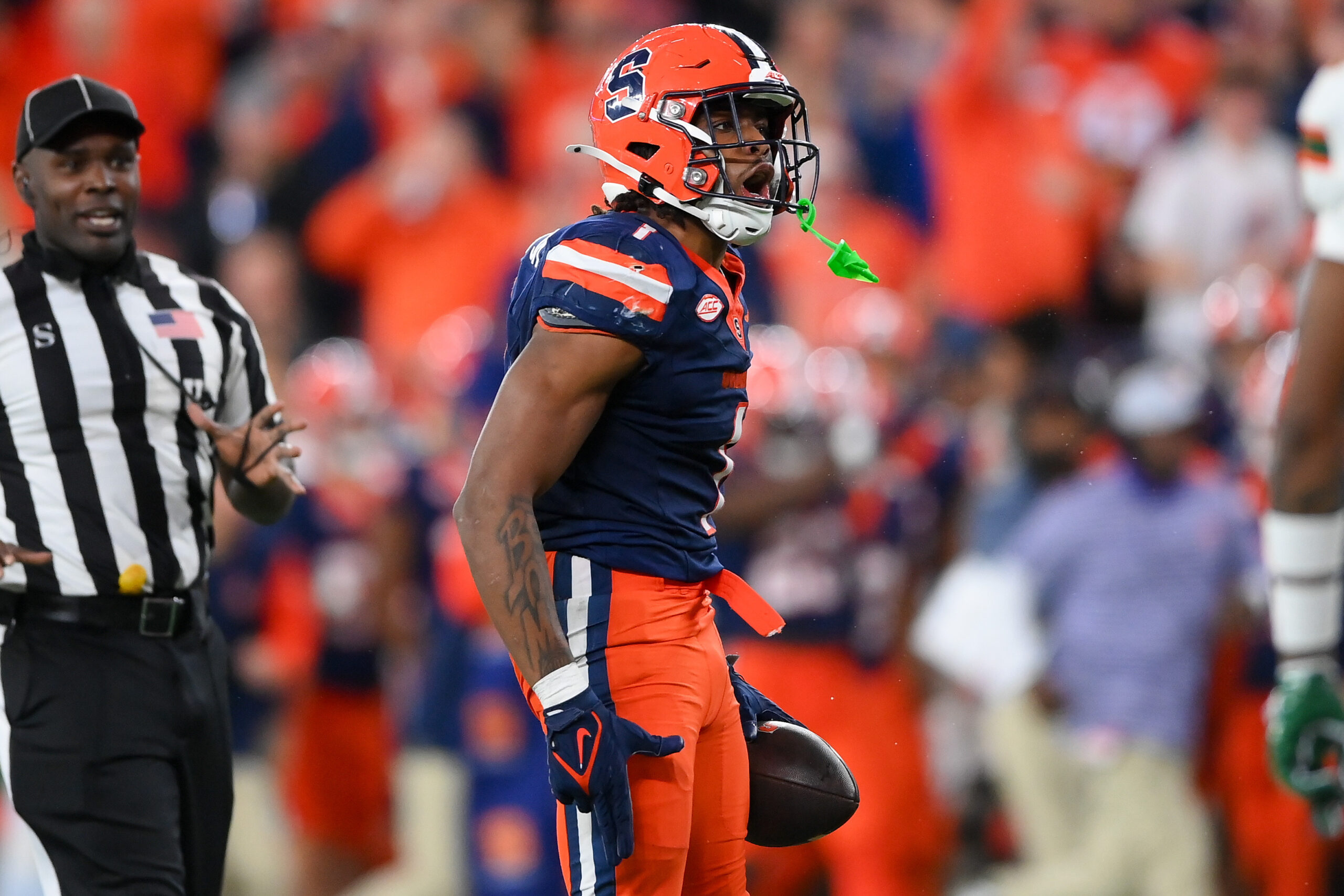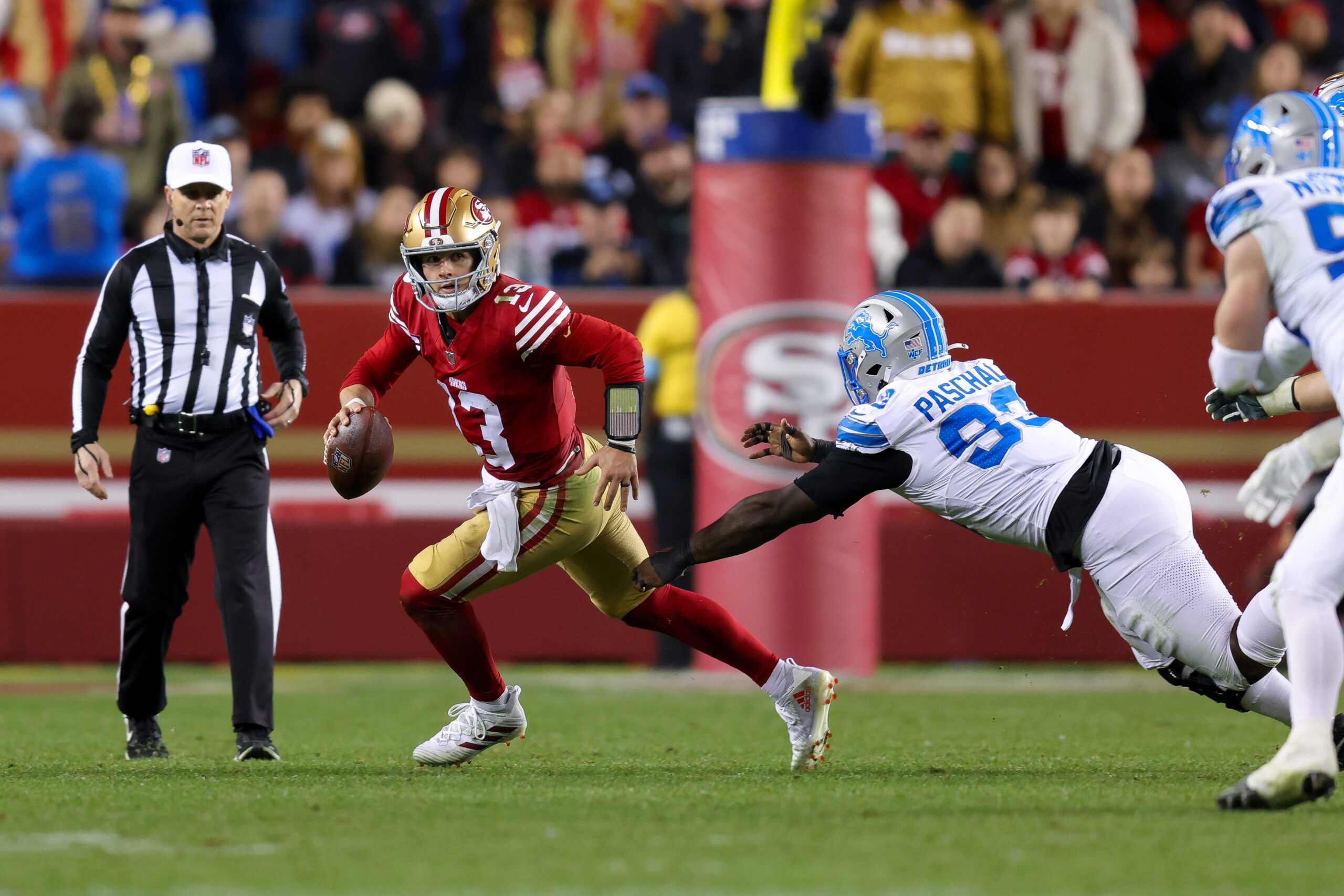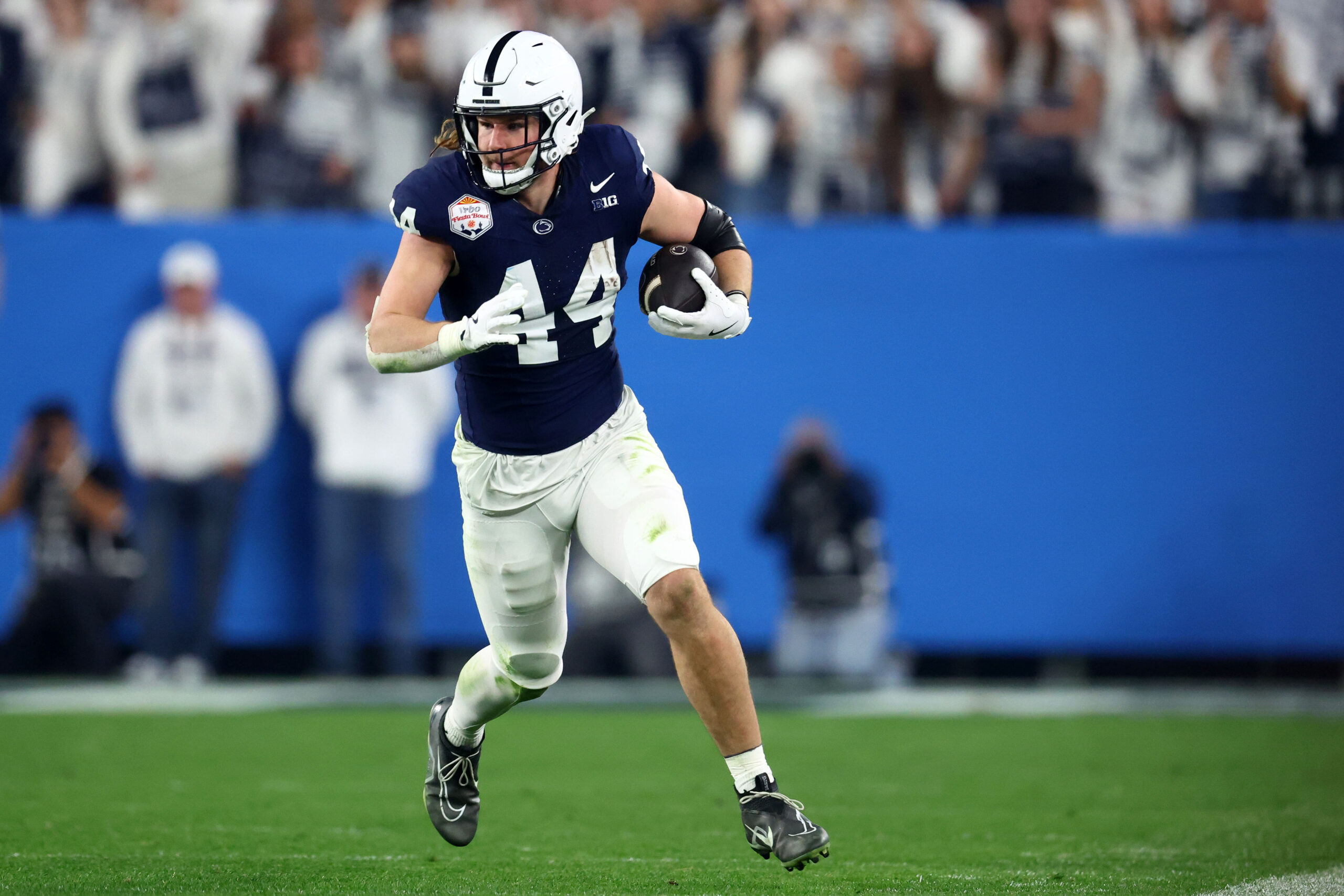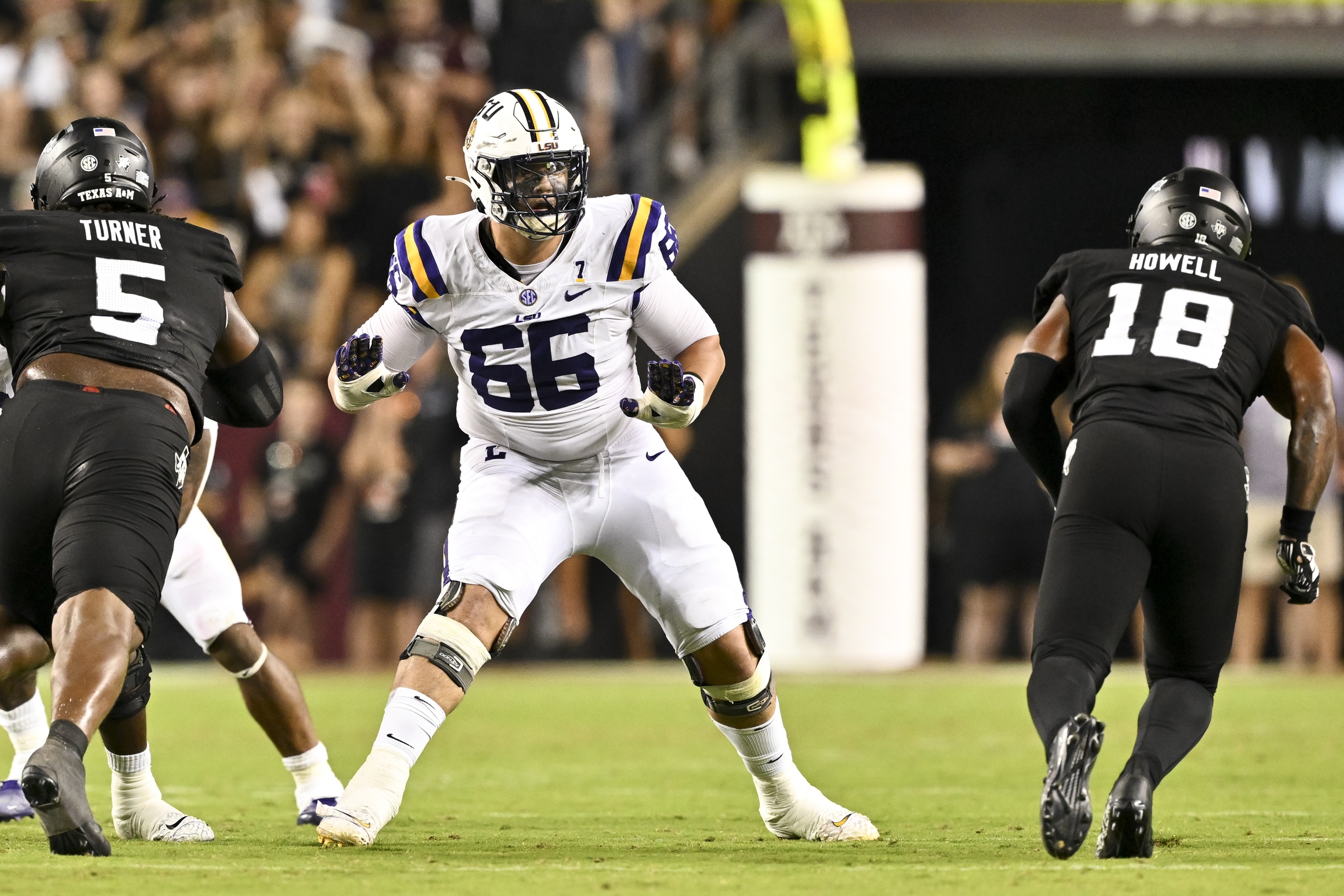NFL Analysis
10/2/24
12 min read
Ranking Every NFL Team By Yards Per Play Differential At 2024 Season's Quarter Mark
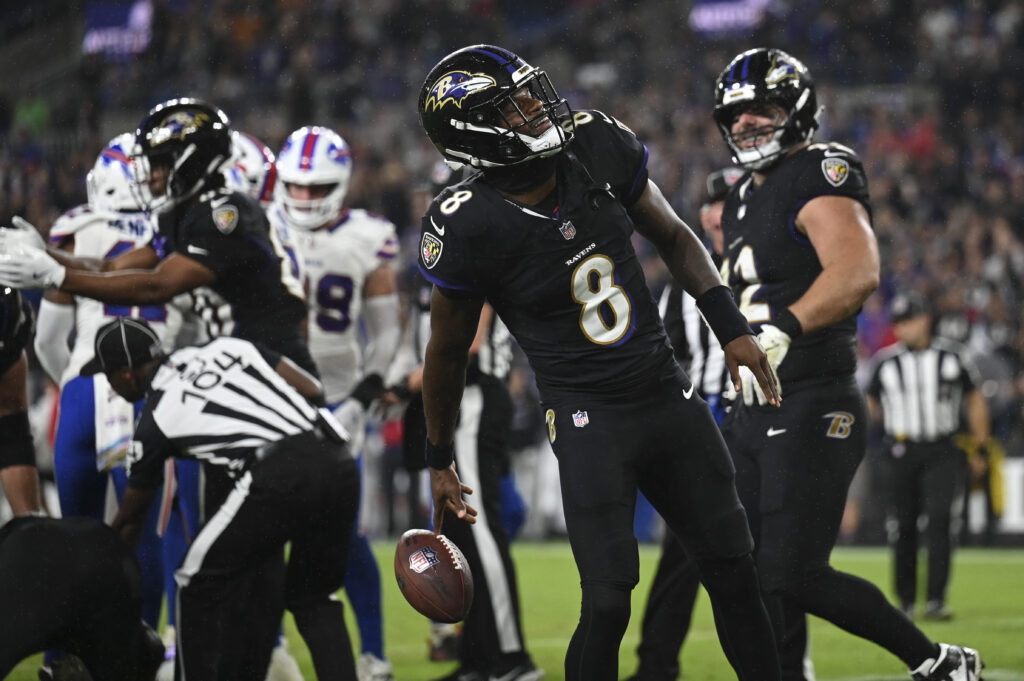
The Baltimore Ravens are back at the top of a very important NFL statistical ranking.
But in a different way.
Through the first four games of the 2024 season, the 2-2 Ravens lead the NFL with a plus-1.52 yards per play differential. This is one of the most consistent measures of a team's chances of going deep into the playoffs or even winning a Super Bowl.
Last year, Baltimore reached the AFC Championship Game before suffering a narrow loss to eventual champion Kansas City. During the regular season, the Ravens also handily beat San Francisco, which narrowly lost to Kansas City in the Super Bowl. The Ravens were right there last season, and that hasn’t changed through the first quarter of this season.
Before we get to the point about how the Ravens are doing that, here is a brief explanation. Yards per play differential takes the average number of yards a team gains on each offensive play and subtracts the average number of yards a team allows on defense. In other words, how far are you moving the ball, and how well are you preventing the other team from moving it?
Generally, it’s difficult for teams to make the playoffs with a negative differential. It has happened more as the playoffs have expanded, but the teams that do make it with a negative differential are usually bounced quickly.
Optimally, the closer teams get to averaging plus-1.0 yards of differential, the better their chances of making a deep playoff run. Baltimore was a great example last year when it led the league in yard-per-play differential.
As a bonus, if you like to gamble on football, yards per play differential is one of the top stats oddsmakers use, particularly as the season progresses. Their analysis is usually a little deeper, but you get the point.
This is also not to say that this stat is the be-all and end-all. There are fluctuations in yardage differential, particularly early in the season. One dominating game can drastically influence the stat, like last season, when Miami put up 726 yards in its stunning 70-20 victory against Denver.
In the first quarter of the season, the Dolphins averaged roughly 3.0 yards more than their opponents. While the Dolphins made the playoffs, that differential was unsustainable, and the Dolphins lost in the first round.
We’ll get into some other aberrations later on.
Yards Per Play Differential – Week 4
| Team | Offense | Defense | +/- | Comment |
|---|---|---|---|---|
| Baltimore | 6.84 | 5.32 | +1.52 | Averaging almost 1.0 yards more on offense than last season. |
| Seattle | 5.86 | 4.71 | +1.15 | As MNF showed, the defensive number is a bit of an illusion. |
| San Francisco | 6.31 | 5.37 | +0.94 | It's time for people to realize that Brock Purdy is great. |
| Atlanta | 5.76 | 4.88 | +0.88 | See below to understand why this doesn’t tell the true story. |
| Minnesota | 5.95 | 5.13 | +0.82 | Sam Darnold is an MVP candidate right now, which is staggering. |
| Green Bay | 6.36 | 5.57 | +0.79 | Matt LeFleur’s work with Jordan Love/Malik Willis is exemplary. |
| Indianapolis | 6.10 | 5.42 | +0.68 | Like Atlanta, Colts should be better, but there’s a problem. |
| Cincinnati | 5.86 | 5.23 | +0.63 | The Bengals should be fine, but they used up their cushion already. |
| Houston | 5.44 | 4.82 | +0.62 | Impressive improvement on defense from last year thus far. |
| Buffalo | 5.56 | 5.01 | +0.55 | Run D got exposed Sunday night, but this is a contender. |
| Detroit | 6.06 | 5.54 | +0.52 | Picking up where they left off last season. The Lions are no fluke. |
| NY Jets | 4.81 | 4.38 | +0.43 | Ugly Broncos loss aside, this is the early look of a playoff team. |
| New Orleans | 5.74 | 5.53 | +0.21 | Big numbers on offense are nice, but the defense better improve. |
| Tampa Bay | 5.36 | 5.18 | +0.18 | The Bucs are plugging along like last year. How do they get better? |
| Denver | 4.34 | 4.20 | +0.14 | Not the normal offense or defense numbers from a Sean Payton team. |
| Kansas City | 5.49 | 5.36 | +0.13 | The defense has regressed from last year, but it’s early for Spags’ group. |
| Pittsburgh | 4.95 | 4.86 | +0.09 | Don’t be fooled by Justin Fields. He’s not good enough yet. |
| Tennessee | 4.34 | 4.39 | -0.05 | This is a really boring, faceless team in every way possible. |
| Washington | 6.14 | 6.20 | -0.06 | Jayden Daniels is fun, and the defense will improve under Dan Quinn. |
| Arizona | 5.72 | 5.79 | -0.07 | Offensive numbers have improved by 0.5 yards from last year. |
| LA Chargers | 4.86 | 4.96 | -0.10 | Jim Harbaugh is right where he wants to be in the rebuild. |
| Dallas | 5.36 | 5.66 | -0.30 | Cowboys are soft. This is Jerry Jones’ fault, not Mike McCarthy |
| Philadelphia | 5.52 | 5.97 | -0.45 | It’s shocking how much worse the defense has gotten from last year. |
| Miami | 4.56 | 5.20 | -0.64 | A year ago, the Dolphins were at +3.0. A mighty fall without Tua. |
| NY Giants | 4.69 | 5.33 | -0.64 | Don’t let Daniel Jones’ improvement make you think he’s okay. |
| Las Vegas | 4.96 | 5.64 | -0.68 | The offense is the same as last year; the defense is worse. Explain that, Antonio Pierce. |
| Carolina | 4.83 | 4.96 | -0.94 | Does owner Dave Tepper have the stones to dump the QB? |
| Jacksonville | 4.94 | 5.89 | -0.95 | Both offense and defense have regressed. So has Trevor Lawrence. |
| Chicago | 3.94 | 5.05 | -1.11 | Caleb Williams has a lot to learn, but the talent is there. |
| LA Rams | 5.23 | 6.36 | -1.13 | Defense is allowing 1.0 yards more than last year without Aaron Donald. |
| Cleveland | 3.86 | 5.00 | -1.14 | OL injuries and distractions have neutered Deshaun Watson. |
| New England | 3.98 | 5.79 | -1.81 | This is the penance you pay for 20 years of greatness. |
For now, however, marvel at the consistency of Baltimore, whose two losses were in a nail-biter in the opener at Kansas City and in a three-point, mistake-ridden loss to the Raiders at home. Under John Harbaugh, the Ravens have become a model of consistency and ruggedness.
Smartly, the Ravens put power runner Derrick Henry next to Lamar Jackson, recreating the power-quickness combination that made Marshawn Lynch and Russell Wilson so effective in their time with Seattle. While Jackson will never be the greatest drop-back passer, the combination of his running ability, throwing ability, and Henry’s ability to make a defense pay if it’s not ready to take him on creates a perfect balance.
That’s why the Ravens are averaging nearly 1.0 more yards per play on offense this year compared with a year ago. Frankly, this could end up being the most effective offense the Ravens have ever had with Jackson behind center.
That’s not to be confused with statistically great. Jackson and the Ravens will probably never match what they did in 2019 when he threw for 36 touchdowns and rushed for 1,206 yards. But there is an important difference between explosive and effective. Right now, the Ravens are built to control games on both sides.
Last year, they were tilted toward their defense and playing to a tempo on offense that complemented the defense. This year, the Ravens can play multiple styles more effectively.
Does that mean they are on track to win a Super Bowl? Yes, but that comes with all the usual caveats about how early it is in the season, how healthy the Ravens will be at the end, and the cliches associated with turnovers and bad bounces. In other words, we’ll see.
But so far, so good.
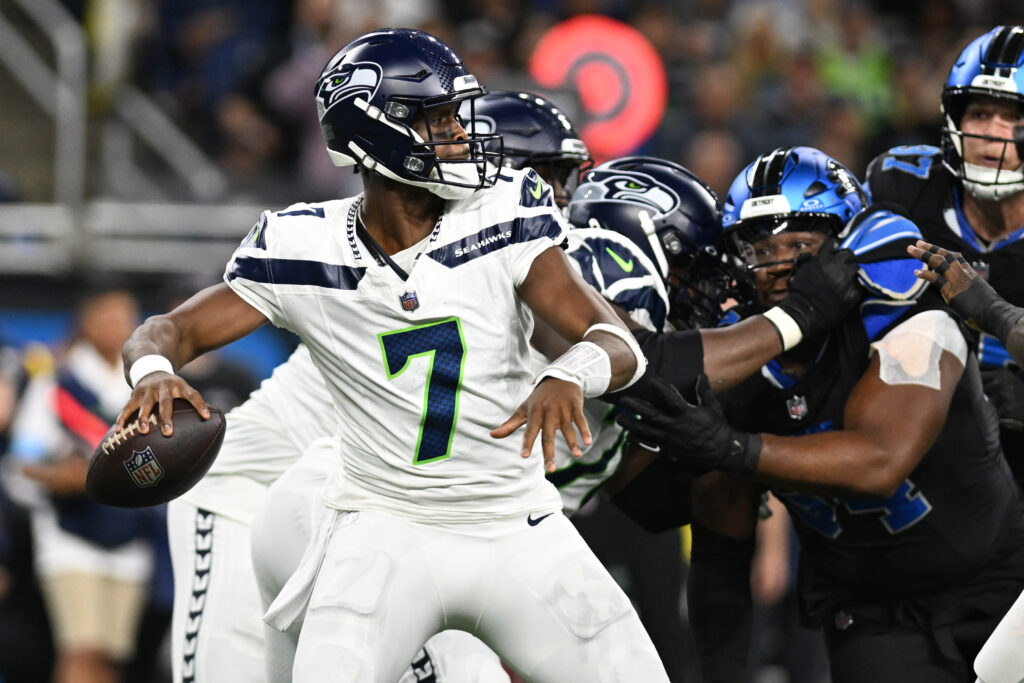
ARE THE HAWKS, COLTS AND FALCONS REALLY THIS GOOD?
The short answer to that subhead/question is no, and if you are looking for ways to poke holes in the value of yards per play differential, those teams represent great examples.
The Seattle Seahawks are No. 2 in differential this season at plus-1.15 yards. That’s a great number backed up by the strong play of QB Geno Smith so far and is boosted by a strong defense that has allowed only 4.71 yards per play. That’s the third-best defensive average in the league.
The problem? As we saw Monday night as Seattle was hit for 42 points by Detroit, the Seahawks' defense is more suspect than we thought. The Seattle defense benefitted from an incredibly weak schedule of offensive teams in the first three weeks. There was Denver and rookie QB Bo Nix, New England with journeyman QB Jacoby Brissett, and Miami without Tua Tagovailoa.
Those three are among the six worst teams in average yards per play on offense, and the Patriots are one of three teams averaging less than 4.0 yards per play.
As for Atlanta (plus-0.88 yards) and Indianapolis (plus-0.68 yards), their offenses have been good. They just can’t get on the field because their defenses, while decent in average yards per play, can’t get off the field on third down.
Specifically, the Falcons have allowed their opponents to run 61 more plays than they have run in four games. That’s an average of more than 15 plays a game, which is stunning. Indianapolis is worse.
The Colts have allowed 81 more plays run by opponents, equaling more than 20 plays per game, which is staggering (assuming that staggering is somehow worse than stunning). In both cases, opponents are playing more of a keep-away style against the Falcons and Colts than an attacking style because the Falcons and Colts can’t get off the field on third down.
The Colts have allowed a league-high 32 conversions on third down. Throw in another six on fourth down (the league's second-highest number), and the Colt's defense is just not getting the ball back to the offense. Atlanta isn’t much better at 27 conversions (the league's third-worst total) and four conversions on fourth down.
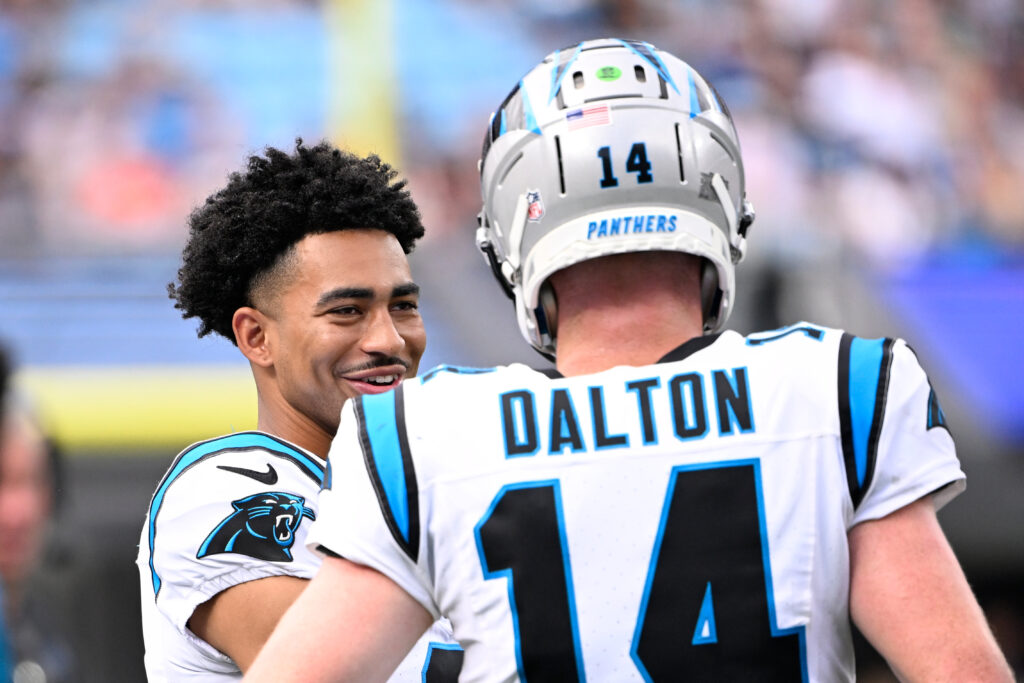
BRYCE YOUNG IS DONE
I’m not the type of person who likes to use statistics alone to come to conclusions.
That’s especially true in football, where stats can be influenced by circumstance. Still, sometimes, there are moments when the statistics are overwhelming.
If you look at the offensive stats of the Carolina Panthers, it’s clear that Bryce Young can’t play.
At least not in the current circumstances with the Panthers. If there is any hope at all for Young to salvage his career, which is barely more than a season old, he has to make drastic changes to his game. His ability to attack downfield or handle pressure is undeniably bad right now.
Plays, Yards, and Average Comparison
| Player | Plays | Yards | Average |
|---|---|---|---|
| Bryce Young | 101 | 352 | 3.49 |
| Andy Dalton | 140 | 812 | 5.80 |
That is a staggering 2.31 yards more per play under Dalton compared to Young. To put it another way, as disappointing as Caleb Williams has been with Chicago in the first four games of his rookie season, he crushes Young as well. The Bears are averaging 3.94 yards per play under Williams.
To be clear, this is Young compared to Andy Dalton. Yes, the 36-year-old Dalton, who had a respectable nine-year career in Cincinnati but has played for four different teams in his past five seasons. It’s not like the Panthers found someone the rest of the league was dying to get. They just have a competent dude back there.
That translates to a damning statement about Young. It’s proof of what a lot of us saw last year. Young is an undersized player who plays even smaller than he looks. He looks overwhelmed by the size and speed of defenders, doesn’t attack the middle of the field, and it looks almost as if he can’t see downfield.
That’s a trifecta of terrible.
THE NFC LEAST
Speaking of oddities in terms of differential, none of the four teams in the NFC East have a positive yards-per-play differential. What do we make of that? Here are some quick-hit observations.
- The Dallas defense is every bit as bad as you think and is the main reason that the Cowboys sit at negative-0.30 yards per play. Can they get better? Yes, defensive coordinator Mike Zimmer is a good coach with a track record, and the Cowboys have a lot of talent. But this is still not a stout team on the defensive front, and the lack of a power running game to protect the defense is a serious problem. In other words, owner Jerry Jones didn’t just hurt his offense by failing to pony up for Derrick Henry; he hurt his defense as well.
- Washington is riding the play of rookie QB Jayden Daniels to get to a division-best negative -0.6 yards per play. Is this really the best team in the division under a rookie quarterback, a new head coach, and a first-year GM in the midst of rebuilding? Probably not. Daniels is probably going to regress during the season. But the defense is also probably going to progress under Dan Quinn. Plus, the running game figures to be good with the combination of Brian Robinson and Austin Ekeler. This will be interesting to watch.
- Philadelphia continues to go in the wrong direction, particularly on defense. A year ago, the Eagles were roughly just over the threshold as a positive team in terms of yardage differential. This year, they are down to an average of negative 0.45 yards. The culprit is a defense that has regressed by almost half a yard per play. If the Eagles don’t get the defense back in shape, the only thing flying at the end of the season will be Nick Sirianni out the door.
- There have been a few whispers from commentators that New York Giants QB Daniel Jones is starting to look good again. It is true that he has looked competent, but the Giants are still only averaging 4.69 yards per play on offense. That’s bottom six in the league, and Jones is still part of the problem. He is averaging only 6.1 yards per attempt. That’s better than last year, when he was at 5.7., but given that the league average is 7.0 yards per attempt, Jones is simply not getting it done. Of course, maybe having a good running back next to Jones might have helped. Hmmm, I wonder what the Giants could have done?


